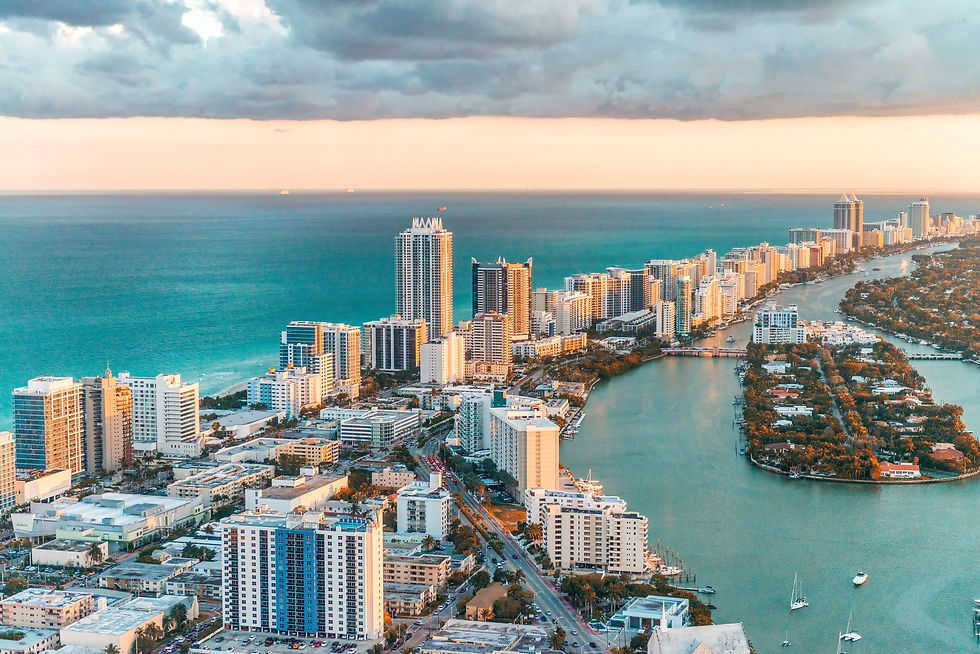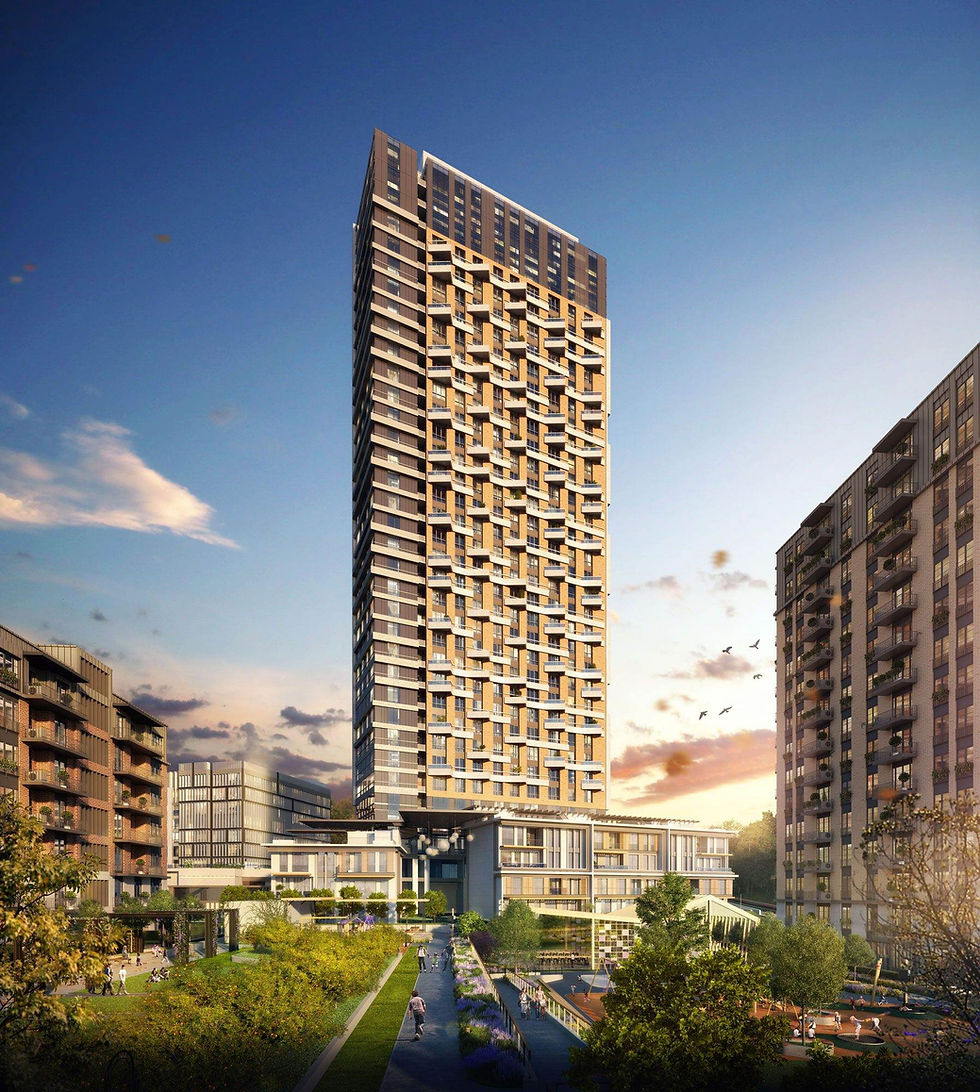Miami Real estate market trends
- GB INVEST
- Apr 1, 2024
- 3 min read

1. Strong Demand: Miami has historically been a popular destination for both domestic and international buyers, drawn to its warm climate, beaches, cultural amenities, and business opportunities. This has led to a consistently strong demand for real estate in the area.
2. Luxury Market: Miami is renowned for its luxury real estate market, with high-end condos, waterfront properties, and exclusive neighborhoods such as Miami Beach, Key Biscayne, and Coral Gables attracting affluent buyers from around the world.
3. Condo Market: The condo market in Miami has been significant, with a large number of new developments being built over the past decade. However, there have been fluctuations in this sector, influenced by factors such as oversupply in certain areas, changes in foreign investment patterns, and economic conditions.
4. Rising Prices: Like many desirable urban areas, Miami has experienced rising property prices over the years. This can make it challenging for first-time buyers to enter the market but can also represent a sound investment opportunity for those able to afford it.
5. Shifts Due to COVID-19: The COVID-19 pandemic has brought about some shifts in the real estate market, with remote work trends leading some individuals and families to reassess their living situations. Miami, with its favorable climate and lifestyle offerings, has been attractive to those looking to relocate from colder or more densely populated areas.
6. Supply and Demand Dynamics: As with any real estate market, the balance between supply and demand plays a crucial role in determining prices and market trends. Factors such as new construction, zoning regulations, and economic conditions can influence this balance.
7. Interest Rates: Changes in interest rates can affect the affordability of real estate for buyers, influencing demand and prices in the market. Monitoring federal monetary policy and interest rate trends can provide insights into future market movements.
For the most accurate and up-to-date information on Miami's real estate market trends, it's advisable to consult local real estate professionals, market reports, and industry publications.8. Inventory Levels: Keeping an eye on inventory levels can provide valuable insights into market dynamics. Low inventory levels typically indicate a seller's market, with higher demand driving up prices, while high inventory levels may indicate a buyer's market, with more negotiating power for buyers.
9. Foreign Investment: Miami has long been a magnet for international investors, particularly from Latin America, Europe, and increasingly from Asia. Changes in global economic conditions, currency exchange rates, and geopolitical factors can influence the level of foreign investment in Miami real estate.
10. Rental Market: The rental market in Miami is significant, driven by a mix of residents, tourists, and seasonal visitors. Investors interested in income-producing properties often look to Miami's rental market for opportunities, with factors such as vacancy rates, rental yields, and rental regulations impacting investment decisions.
11. Infrastructure and Development: Infrastructure projects and urban development initiatives can have a significant impact on real estate values and investment opportunities. Projects such as transportation improvements, new commercial developments, and public amenities can enhance the appeal of certain neighborhoods and drive property values higher.
12. Climate Change and Resilience: Miami is vulnerable to climate change-related risks such as sea-level rise and extreme weather events. Awareness of these risks and efforts to mitigate them through resilience measures can influence property values and insurance costs in certain areas.
13. Regulatory Environment: Keeping abreast of changes in zoning regulations, building codes, tax policies, and other regulatory factors is essential for real estate investors and developers operating in Miami. Regulatory changes can impact development feasibility, property values, and market dynamics.
14. Emerging Neighborhoods: While established neighborhoods like Miami Beach and Brickell continue to be popular, emerging neighborhoods may offer potential opportunities for investment and development. Factors such as proximity to transportation hubs, cultural amenities, and infrastructure improvements can drive growth in emerging areas.
15. Technology and Innovation: Technology is transforming the real estate industry, with innovations such as online property platforms, virtual tours, and digital marketing strategies reshaping how properties are bought, sold, and managed. Keeping pace with technological advancements can provide a competitive edge for real estate professionals in Miami.
By staying informed about these factors and trends, stakeholders in the Miami real estate market can make more informed decisions about buying, selling, or investing in properties in the region.






